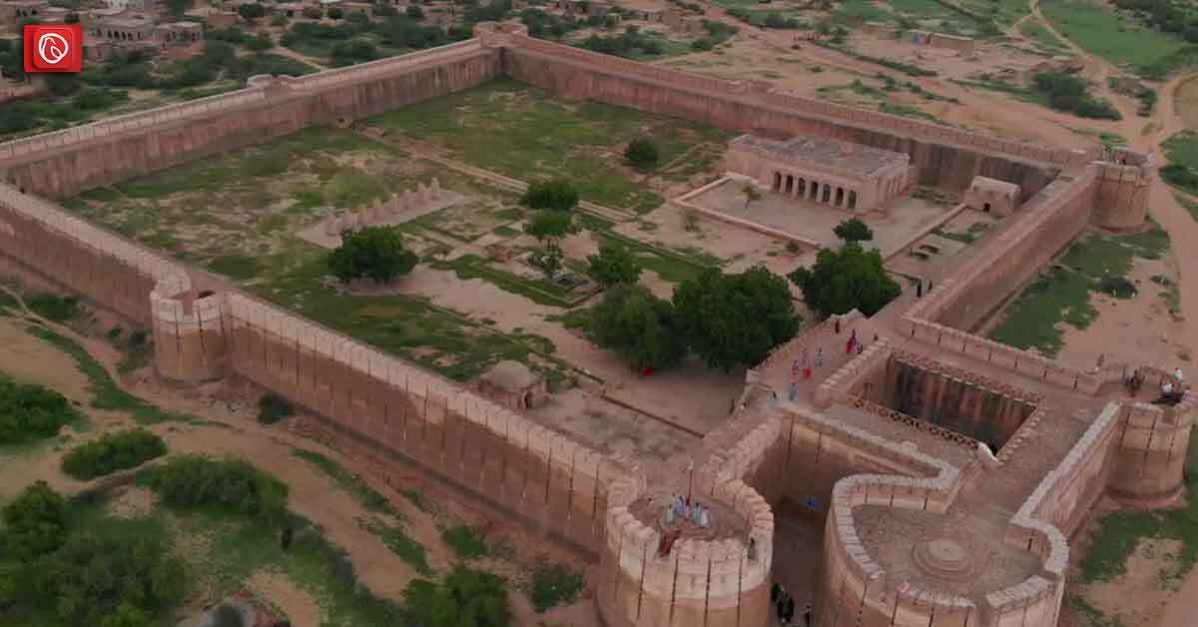The historical city of Umarkot is in the heart of Pakistan’s Sindh province. Umarkot, a city with a history stretching back to the 11th century. It is a mesmerising site that mixes tales of valour, romance, and cultural diversity, enthralling travellers from all over the world.
Graana.com, in this blog will shed some light on the history and heritage of this historical city.
Etymology
The name Umarkot is a testimony to its rich past. Some say it was called after Umer Soomro, a local ruler immortalised in the Sindhi tragic romance Umar Marvi. Others claim that it was named for its founder, Amar Singh. This interesting mix of tales and historical sources creates a one-of-a-kind picture of the city’s origins.
The Historical Significance
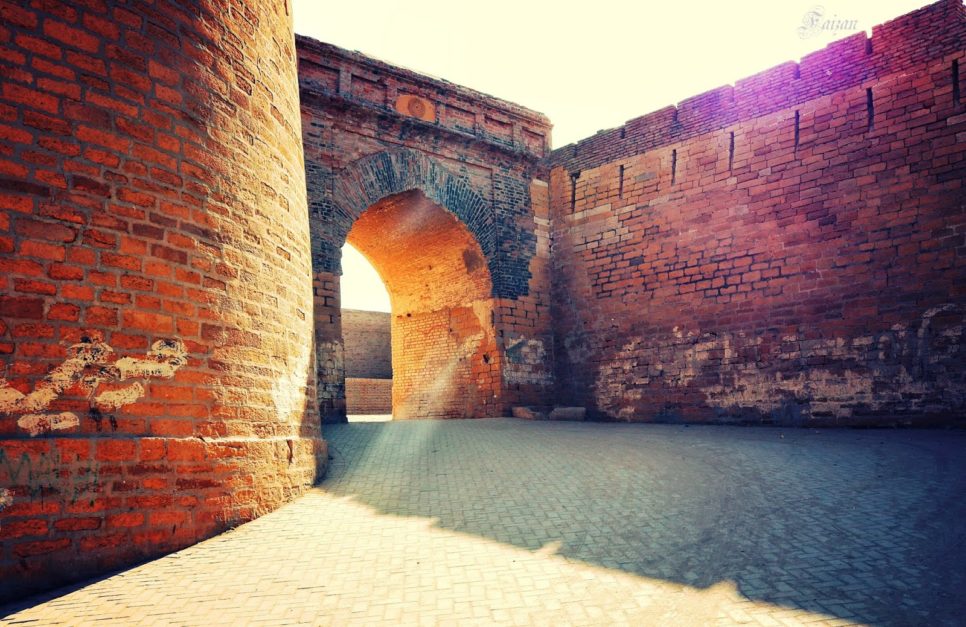
Umarkot has a fascinating history that includes a period when it was ruled by the Sodha Rajput line, with Rana Parshad as its monarch. This city acquired notoriety for sheltering Humayun, the second Mughal Emperor, when he was deposed by Sher Shah Suri. Interestingly, it was here that the great Mughal Emperor Akbar, a major figure in Indian subcontinent history, was born.
Umarkot has seen many power shifts throughout the years, from the Persians and Afghans to the Sindhi Kalhora and Talpur Balochis, the Rathore Rajput’s of Jodhpur, and eventually the British. In exchange for a reduction in tribute, the Maharaja of Jodhpur ceded Umarkot and its fort to the British in 1843. Rana Ratan Singh died tragically around this time, a poignant reminder of the difficult years under British rule.
Surprisingly, after the British invasion of Sindh, it was merged into the Bombay Presidency of British India. The administrative environment developed throughout time, resulting to the relocation of the district headquarters from Umarkot to Mirpur Khas in 1906. Because of its historical significance, Umarkot is one of the best tourists’ attractions in Sindh.
Modern Influence and Cultural Diversity
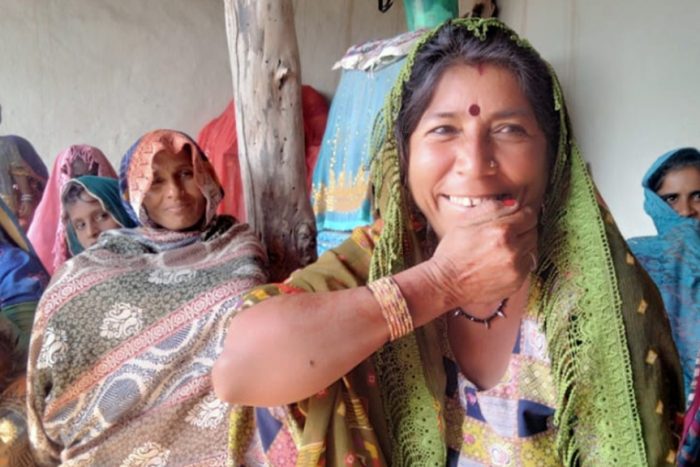
Umarkot remains a historical site, containing landmarks such as Akbar’s birthplace, the Umarkot Fort, and Momal Ji Mari. Ancient temples like Shiv Mandir and Kali Mata Temple offer witness to the city’s varied heritage.
The city’s dedication to education is obvious in its various schools and universities, which provide possibilities for intellectual growth and development of the next generation’s skills.
Umarkot Fort
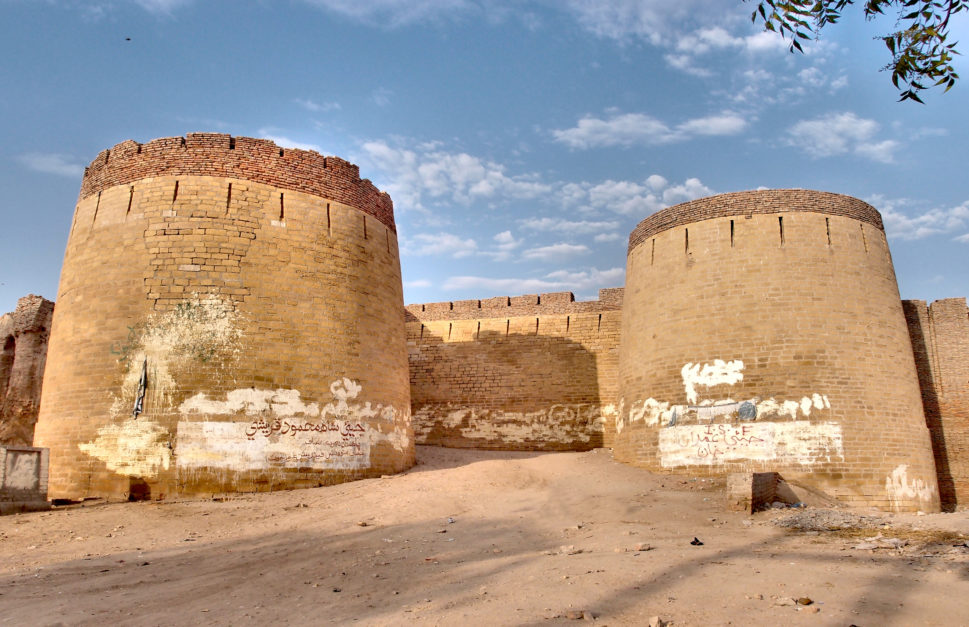
Umarkot Fort is a historic place in Umarkot, Sindh, that was initially established and ruled by the Sodha Rajput’s of the Parmar Dynasty. Rana Amar Singh Sodha was the fort’s founder. Notably, Emperor Akbar was born on the 15th of October 1542 within the walls of Umarkot Fort after his father, Humayun, took refuge there after suffering military losses at the hands of Sher Shah Suri.
Rana Prasad Singh Sodha of Umarkot, a famous ruler of the region, had provided sanctuary to Mughal Emperor Humayun, and it was in Umarkot Fort that Hamida Bano Begum gave birth to the future Emperor Akbar. Akbar went on to become the famed Shahenshah of Hindustan, winning the respect and adoration of both Hindus and Muslims. Today, the birthplace of King Akbar is an open field near Umarkot Fort.
The Mughal Subahdar, Noor Mohammad Kalhoro, built a fort at this place in 1746, and the British later took possession of the area. The fort was controlled by the Sodha Hindu Rajput family, known as the Ranas of Umarkot, until it was taken over by the Pakistani government upon the establishment of Pakistan. Nonetheless, the Rana family keeps its jagir, which is around 16 kilometers from the fort. Rana Megraj oversaw the fort. It is one of the most beautiful forts in Pakistan.
Umarkot Folklore: The Legend of Umar Marvi
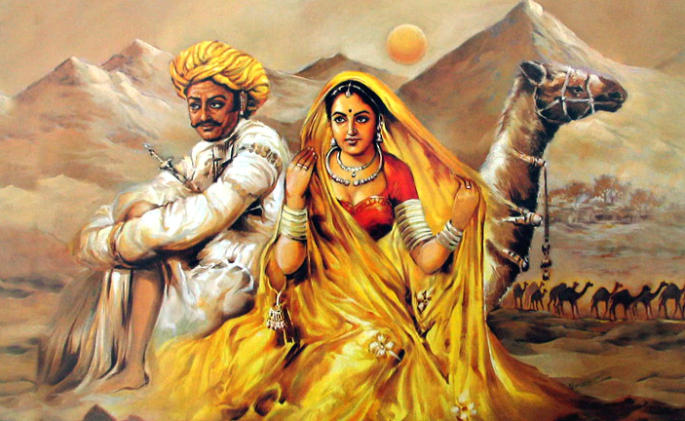
The legend of Umar Marvi is especially important in Umarkot. Marvi, a young Thari girl, was kidnapped by Umar, the region’s monarch, who desired to marry her owing to her amazing beauty. When she refused, she was imprisoned in the old Umarkot Fort for many years before being released. Marvi’s unrelenting courage has earned her a place in the hearts of the locals.
The Archaeological Museum, Umarkot
The Archaeological Museum, housed within the old Umarkot Fort, is a treasure mine of cultural artefacts and historical treasures beautifully preserved to tell the story of this enchanting city. The museum, which opened on February 24, 1968, experienced a substantial alteration in July 2006 when it was relocated to a new, larger facility.
Museum Layout and Diverse Collection
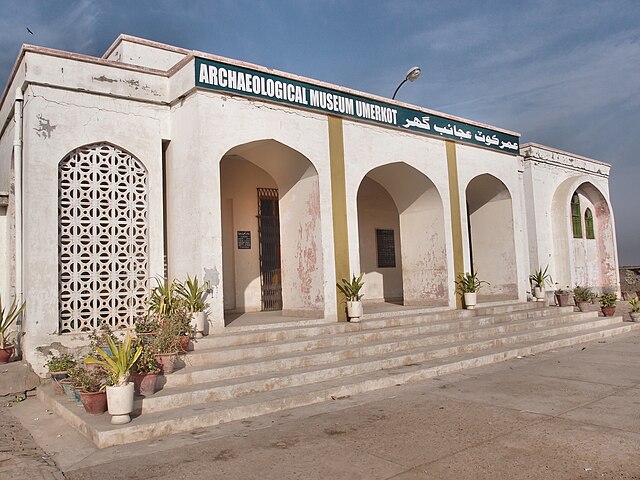
The new museum structure is well-planned, with three main galleries and two lobbies filled with fascinating exhibits. These galleries and lobbies serve as windows into the past, providing a glimpse into Umarkot’s diverse history.
One of the most remarkable parts of the museum is its enormous collection of Mughal period coins, which provide a tangible link to the region’s economic past. These coins provide testament to the once-thriving trade and commerce in this region of the world.
The museum displays an intriguing collection of relics from many centuries of struggle and combat, including old weapons, pistols, swords, armours, arrows, bows, helmets, and more. These relics provide a peek into the region’s military history by displaying weapons and gear used by fighters in the past.
Visitors to the museum can also look through a large collection of manuscripts, paintings, royal documents, and calligraphy examples. These artefacts shed light on the cultural and artistic achievements of the people who once lived in this area.
Pictorial Insights
The museum goes beyond real artefacts by covering its walls with photo enlargements. These photographs provide a vivid depiction of life in Tharparkar, allowing visitors to immerse themselves in the daily lives of the region’s residents.
Conclusion
Umarkot entices travellers and history buffs alike with its rich history, architectural marvels, and fascinating mythology. It’s a site where the past and present merge perfectly, providing a unique view into Sindh’s cultural fabric. As you walk through its streets and forts, you’ll be transported to a time when valour, romance, and diversity flourished, leaving an unforgettable impact on this enthralling city.
Frequently Asked Questions
The following are the most frequently asked questions about Umarkot:
How can I plan a visit to Umarkot?
A trip to Umarkot is simple to organise. Umarkot is accessible by road from major cities in Pakistan. Check road conditions and lodgings ahead of time to ensure a pleasant trip.
What’s the best time to explore Umarkot?
The best time to visit Umarkot is in the winter and spring. This is the time of year when the weather is nicest, making it ideal for sightseeing and outdoor activities.
Are guided tours available in Umarkot?
Yes, guided tours are available in Umarkot. These tours offer valuable insights into the city’s historical and cultural sites, providing a deeper understanding of its rich heritage.
Can I take photographs in Umarkot’s museums and forts?
Yes, in most places, photography is allowed. However, it’s a good practice to confirm the photography rules at each site to ensure you’re respecting the local regulations.
What local dishes should I try while visiting Umarkot?
When in Umarkot, don’t miss the opportunity to savour the local Sindhi cuisine. Some must-try dishes include Sindhi Biryani, Saag, and other regional specialties that offer a delightful culinary experience.
For more updates, visit the Graana Blog
